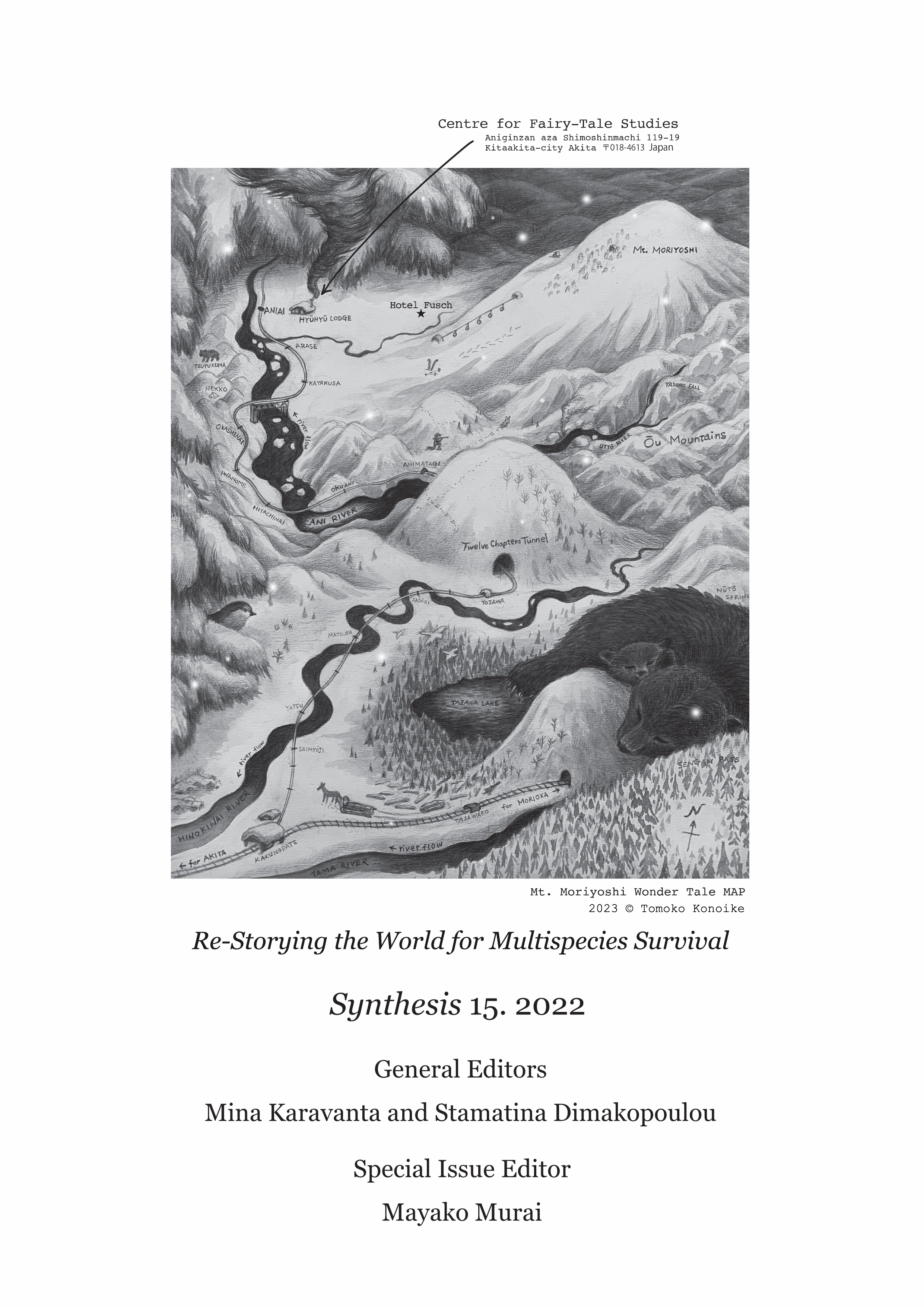Shapeshifting Traditions among the Khasi of Northeast India: Ecological Engagements and Multispecies Relationships

Abstract
This article engages with Water as a core medium in folklore among Khasi, an indigenous community in Northeast India. In the context of the corpus of narratives that engage, interact with, involve, and folklorise water—what will henceforth be called the folklore of water—I look at human-animal transformation traditions. Leaning heavily on empirical material derived from primary fieldwork, this article looks at the folklore of water as home to sanghkini or ‘hybrid’ persons who transform into weresnakes during the monsoon season. Aside from fulfilling its mundane utilitarian purposes, water among Khasi is more: water is expressive of the Khasi knowledge of the world around them. As will be discussed, water is a form of indigenous knowledge. If we look at water as a tradition-resource, it will allow disparate expressions of Khasi religious expression—gender-switching in shapeshifter form; astral travel in sangkhini-dreaming and examples of multispecies relationalities—to be viewed together as articulations of water as mediator, enabling new layers of understanding.
Article Details
- Section
- Featured roundtable

This work is licensed under a Creative Commons Attribution 4.0 International License.
The copyright for articles in this journal is retained by the author(s), with first publication rights granted to the journal. By virtue of their appearance in this open access journal, articles are free to use with proper attribution. Synthesis retains the worldwide right to reproduce, display, distribute, and use published articles in all formats and media, either separately or as part of collective works for the full term of copyright. This includes but is not limited to the right to publish articles in an issue of the Journal, copy and distribute individual reprints of the articles, authorize reproduction of articles in their entirety, and authorize reproduction and distribution of articles or abstracts thereof by means of computerized retrieval systems.



